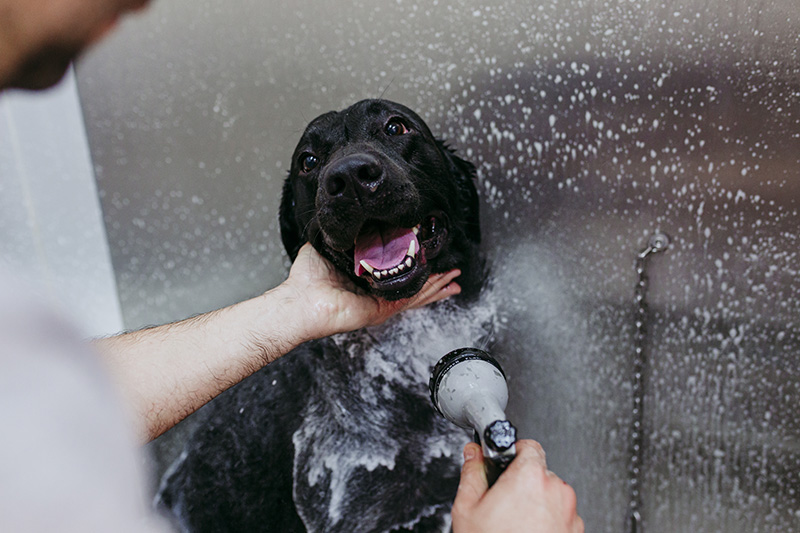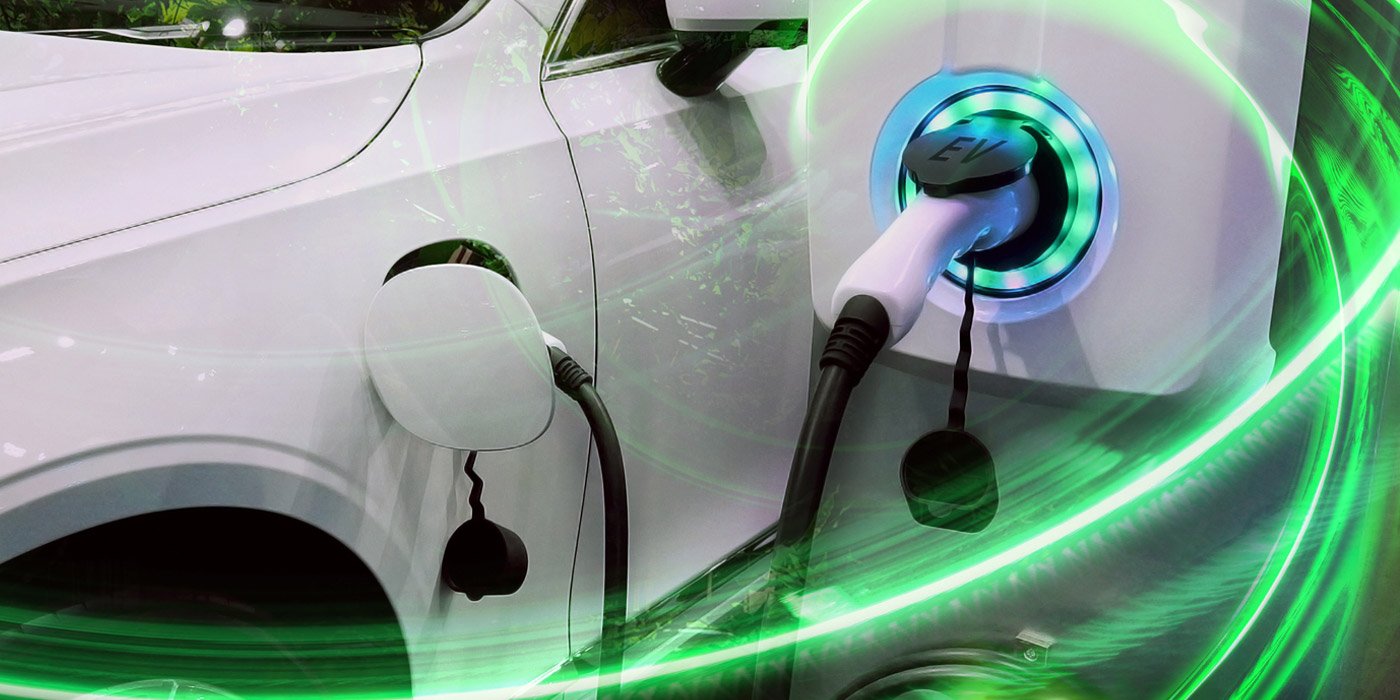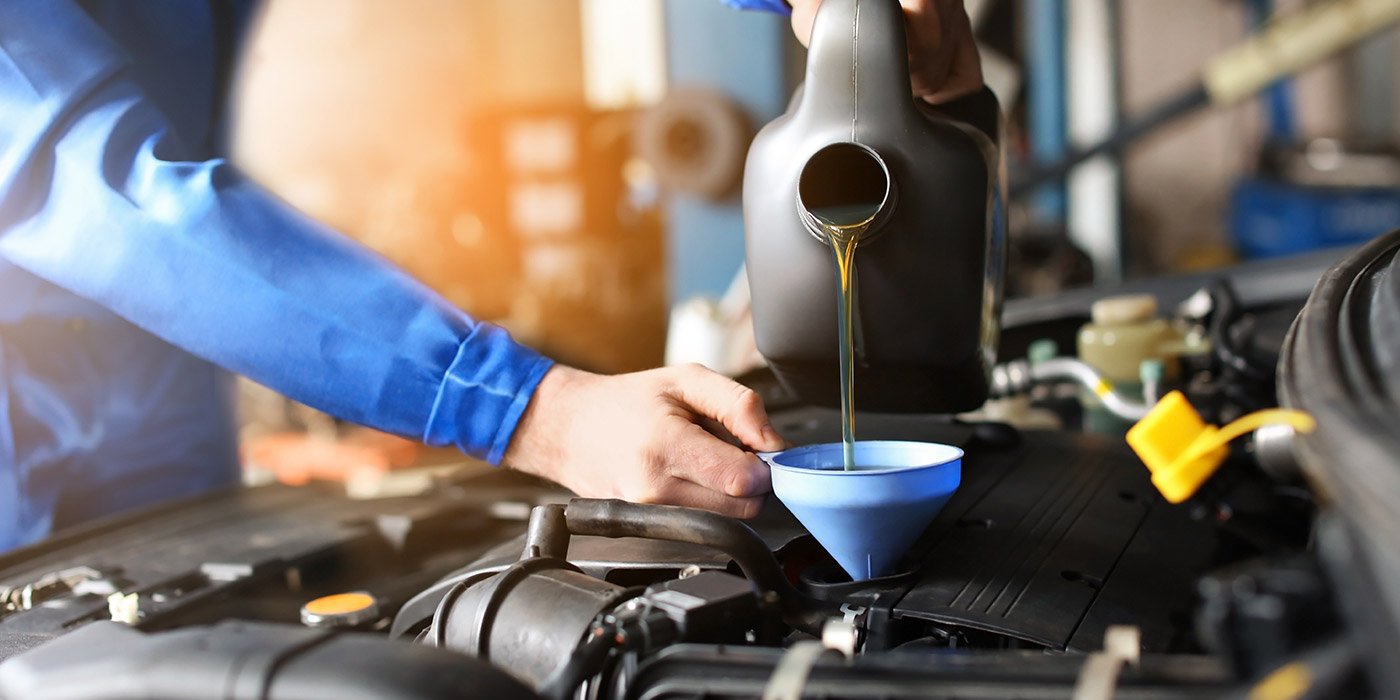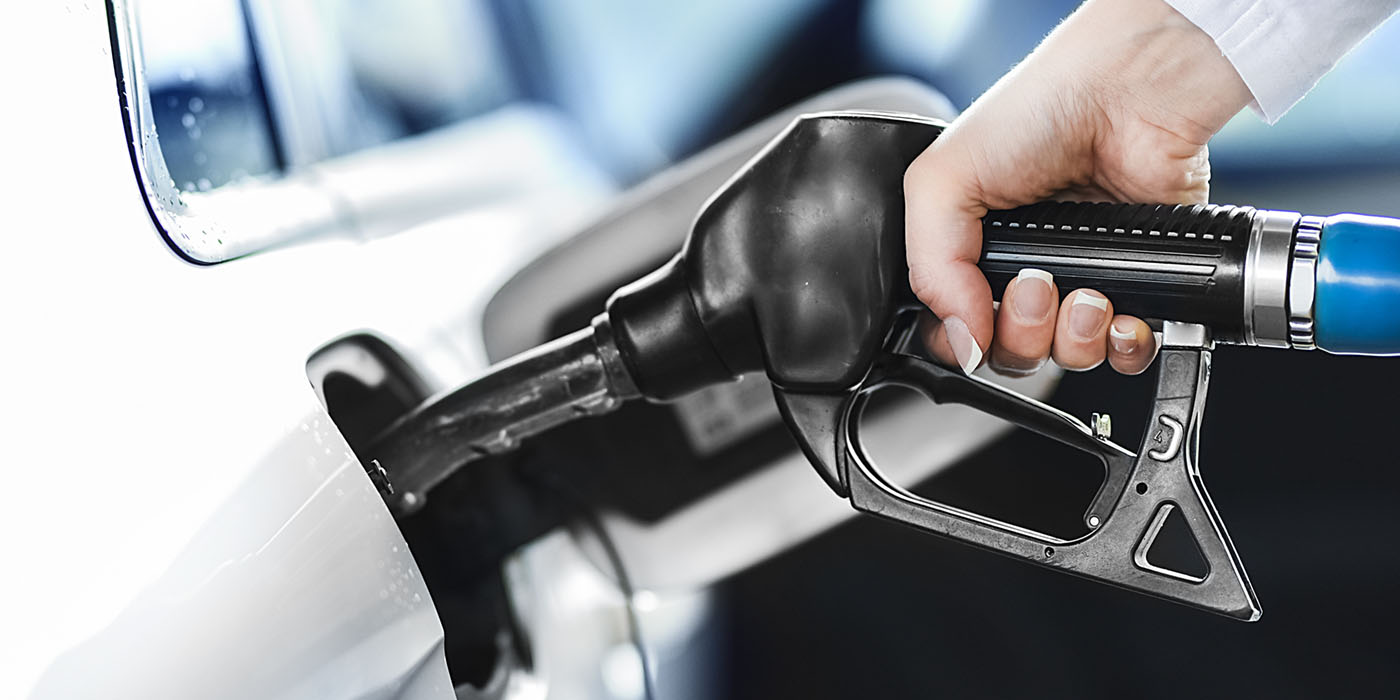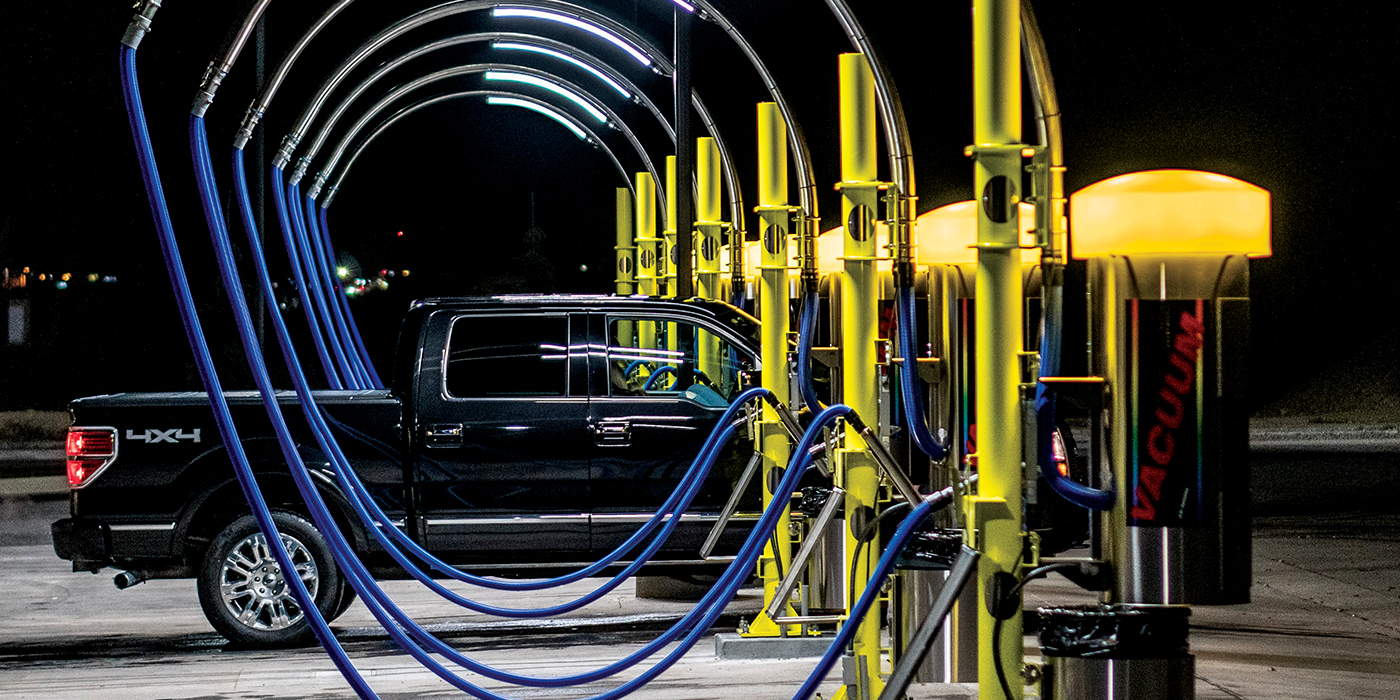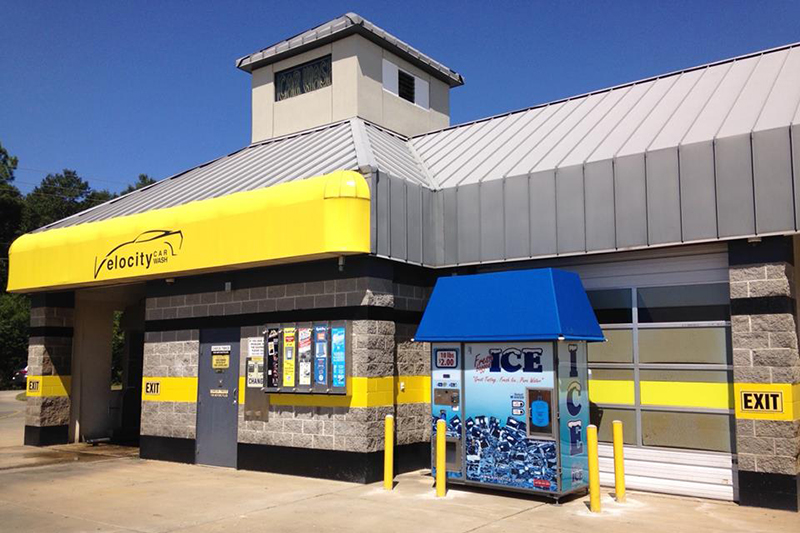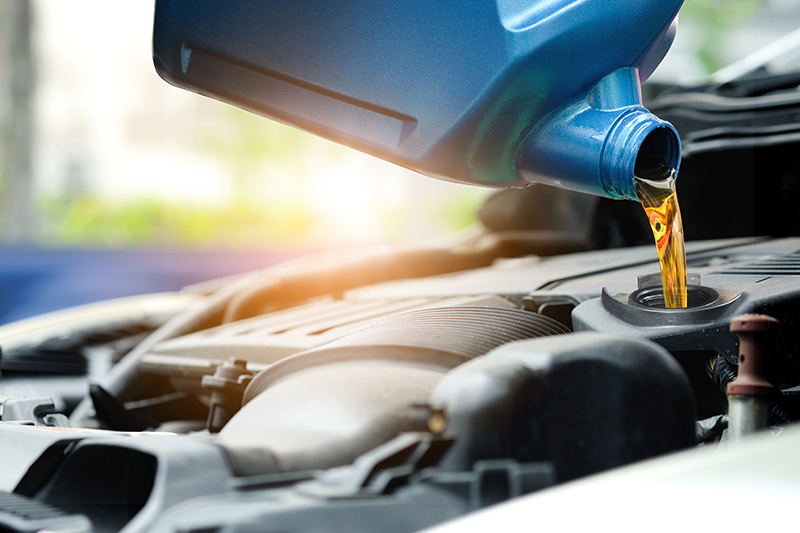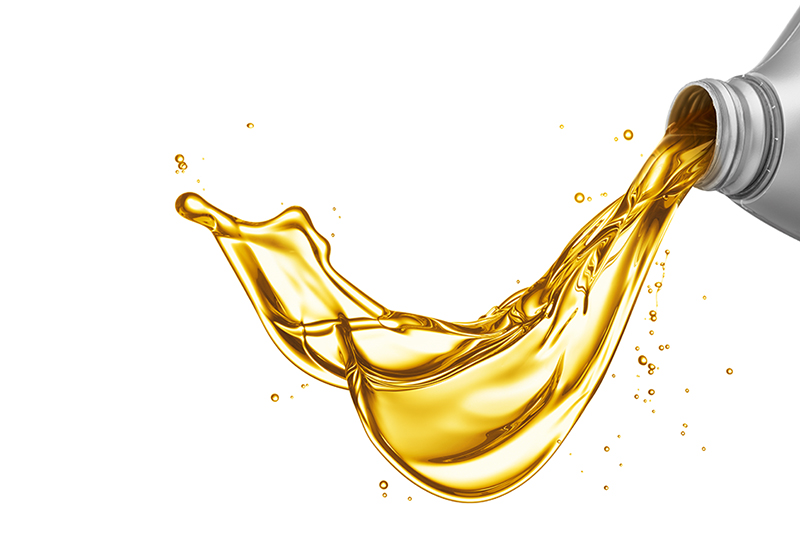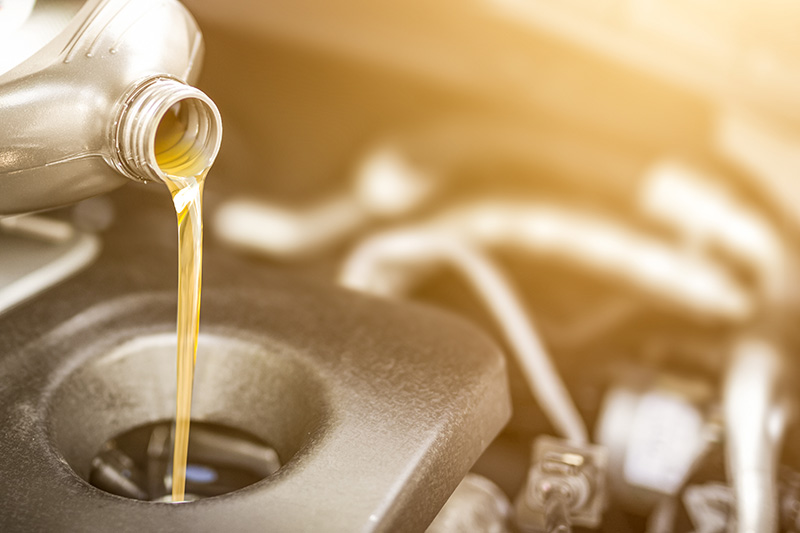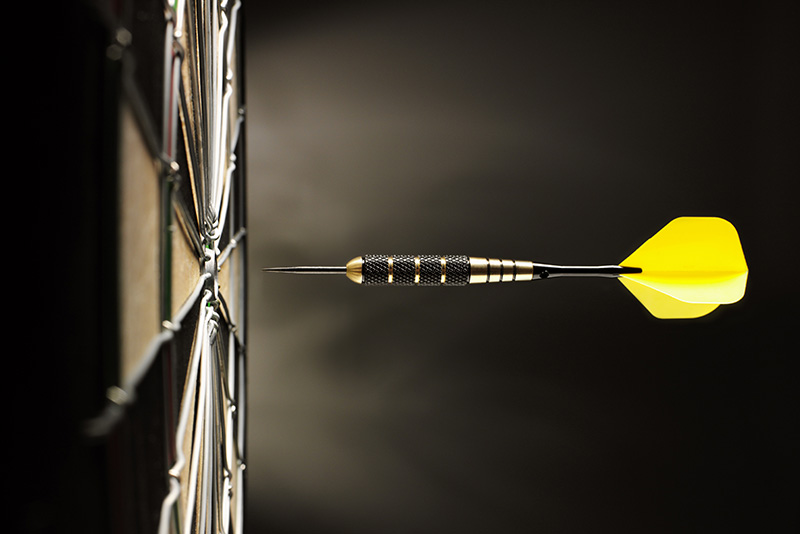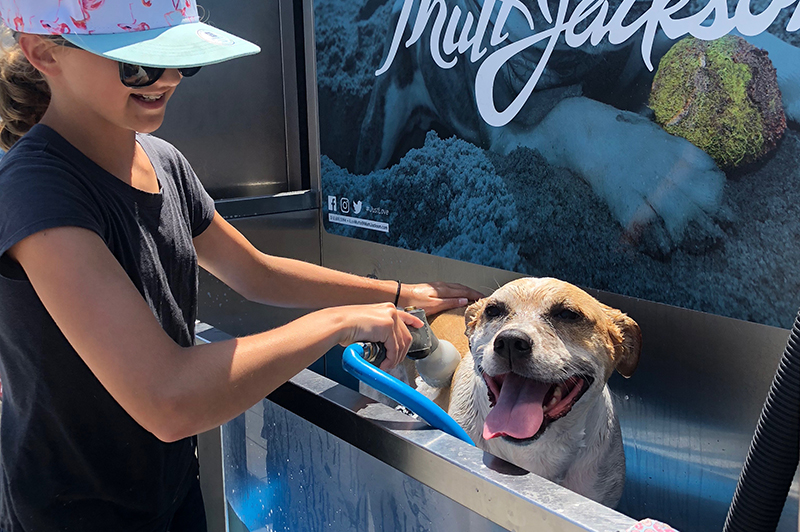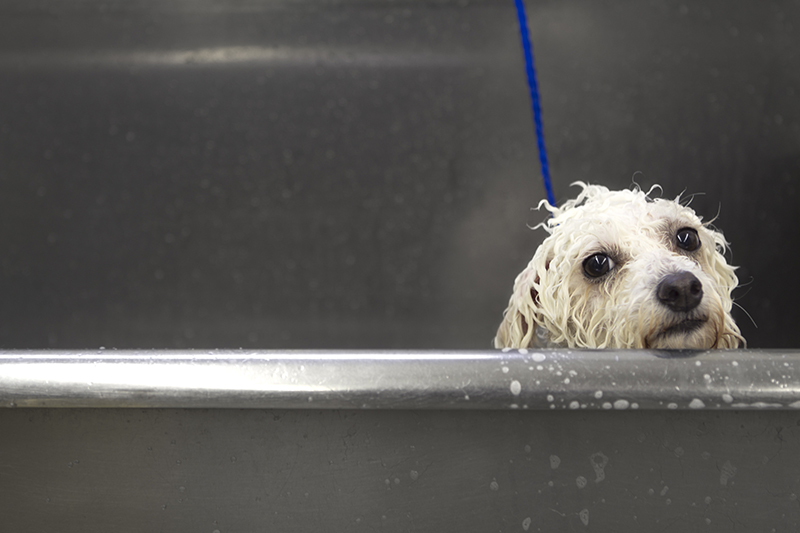Basic pet wash equipment was introduced as a potential additional profit center for carwash locations decades ago. Since then, pet care equipment designed to fit businesses of all formats and sizes has developed and matured. Currently, there are great options for wash operators interested in differentiating their sites by enabling the washing and drying of customer pets as well as vehicles.
Even for carwashes that have offered pet washes for years, it can be difficult to prioritize promoting pet services to maximize their full earning potential. After an investment has been made, operators must regularly take steps to properly communicate the equipment’s versatility and convenience. Only by reinforcing the advantages of on-site pet washing can owners fully realize the sales possibilities generated by these popular additional profit centers.
The most successful pet washes are manned by operators who follow the best merchandising, marketing and maintenance steps once installation is complete. The high-technology pet washes of today are confirmed earners, and their operation is a boon for carwash owners, customers and their pets. This article covers more about maximizing the earning potential of these proven additional profit centers.
Popular versatility
There is a wide range of popular pet washes available to carwash operators today, according to Gary Sherman, founder of Evolution Dog Wash Co. Pet wash stations go from rudimentary stainless steel sinks to highly sophisticated washing stations with a number of customizable offerings. Single washing stations may require the use of a room or a bay, but the most robust, all-on-board systems do not need to be installed in an existing facility.
In this example, the pet dryer, dispensing system and wash products — everything is on board — are chosen using a rotary dial selector with weatherproof switches, Sherman notes. This design makes the high-technology dog wash stations easier to use, and the flexibility gives customers more control over their experience. Upgraded models that include a water heater can even feature a solid-state controller for perfectly consistent water temperature and flow rate during every use.
Other technical features Sherman sees on highly advanced pet wash systems can include:
- An embedded multimedia television monitor
- Cascading lighting selection buttons
- UV-protected decals
- 304B aircraft grade stainless steel construction
- Triple filtration drain system
- Contoured, non-skid wash platform
- Two-speed commercial grooming dryer
- Flea-and-tick shampoo dispenser
- Coin and token acceptor
- Bill acceptor
- Near-field communication (NFC) compliant credit card reader
- Solid-state digital countdown timer
- “One minute left” customer alert
- A solid-state controller.
Paul Baron, owner of Dog Wash Franchising, reveals that with the wide array of systems now available, carwashes can select and install the type of pet wash that best fits the specific operation. That said, only self service pet care systems work to reduce labor costs, and they often best complement the regular routines of both the customer and the carwash facility.
A quick return on investment is another reason pet washes have proven popular with operators. A carwash can recover the capital costs of a self service pet wash in less than a year, Baron notes. Generally speaking, the cost of maintenance is low on pet washes, and they are incredibly reliable, so the labor costs are not a factor that affects overall profit.
Another method of pet wash procurement is now available to carwash operators as well. Some companies can provide pet wash equipment franchising. “Companies will offer the machines at no cost, with revenue share, similar to vending machines,” Baron states.
Making more money
To drive sales and make more money via pet wash systems, Sherman first recommends that the equipment be kept presentable. Depending upon use, employees should always work to keep the pet wash inviting for visitors to use. Once in the morning or the afternoon, someone should inspect the equipment. This includes making sure the hair trap is clean and making sure the products and chemicals are filled.
One way carwashes have worked to drive pet wash sales is by including them in subscription-based wash programs. As more washes have added these types of programs, more are trying to introduce the pet wash into their lists of offerings, Sherman explains. In addition, some traditional self-serve carwashes are choosing pet washes to create another value-added stream that differentiates the location from other self-serves in the market.
The way carwashes market their pet wash services can run the gamut. “It really depends on whether it’s a new carwash or a legacy carwash, whether it’s a tunnel versus a roll-over versus a self-serve. It’s wide-ranging,” Sherman says.
To ensure the highest profitability, carwash operators should consider equipment installation, facilities design support, availability of replacement parts and testimonials from current customers when choosing a pet wash. Baron suggests that operators avoid additional equipment features that will not contribute to the reliability of the pet wash machine and will further restrict user satisfaction.
“This should be a 10- to 15-minute experience and simple to use — in and out, just like the carwash,” Baron states. “Make sure the shampoo and conditioner are fairly generic in smell and without any chemicals that might result in issues for the pet. Keep it simple.”
Marketing to customers
Regarding the marketing of new services, carwashes are a natural fit for self-serve dog wash equipment. Sherman estimates that approximately one out of three vehicles that visit a carwash has a dog in its “family.” In terms of technology, the pet wash should be familiar to carwash operators, and the equipment certainly provides a convenience for pet owners. A carwash with a visible pet wash can expect customers to come back to the facility to wash their pets.
“I think the response you will find from most carwash owners who have introduced this [is that], once they have done it, they would not build another carwash without a pet wash. At least, that is the experience we have had with our carwash owners,” Sherman says. “We have had carwash owners who started with two of our pet washes and now have 10.”
Baron states that pet wash machines are sometimes offered as stand-alone equipment and marketed as independent revenue sources. The cost per pet wash cycle is typically less than $2, and the service generally sells for $10 or more. The equipment’s features are expected to attract customers to the carwash. Often, a carwash customer will see the self service pet wash and tell their neighbors with dogs, thus allowing the carwash to draw new customers.
The pet wash can even act as an incentive to promote carwash sales by offering a free pet wash as an add-on service. The pet wash is a complementary service to carwashing, and it has been used as a loss leader to attract new or returning carwash customers, according to Baron. Simply put, a pet wash can open up numerous marketing opportunities for savvy operators interested in cross-selling services and other promotions.
Specific chemistry
Pet washes should use products that are specified for pets, which are different from traditional carwash chemicals. Sherman notes that these formulated products are made by pet products companies and are similar to the options available in a retail environment. These chemicals are formulated specifically for use in pet wash equipment. Shampoo, conditioner, flea-and-tick shampoo, etc. — the products are all-natural, they are safe and they have been vetted by pet products companies. There are no questions involving their efficacy or their safety.
Typically, there are four products that need to be regularly replenished: shampoo, conditioner, flea-and-tick repellent and a machine disinfectant, Baron explains. The cost of these items, usually purchased in gallons or 5-liter containers, is often less than 75¢ per wash. The components of pet wash costs are water, sewer and electricity. As stated, the total costs to operate — aside from about an hour or two of labor each week to assure the machines are clean of pet hair — is less than $2 per wash.
Working with manufacturers
Many suppliers will provide design services to help with indoor or outdoor installations, covering for shade or rain, and full enclosures that will allow for the protection of dogs and dog owners, according to Baron. These different enclosures can allow for 24-hour operation of the pet wash. The time needed for installation is determined by the necessary permits from local authorities and the type of facility renovation required, if any. Based on having a flat, level pad for the self service machine and other design factors, installation can take anywhere from an hour to a few months.
The space necessary for the self service pet wash is about 60 square feet per machine. Baron states that the installation is a simple process of hooking up the electricity, connecting cold water for units that include a water heater, providing hot and cold water connections for those that do not and attaching the system to a sewer drain or septic system.
Sherman agrees that the installation process depends on the particular carwash environment where a pet wash is being added. “Carwash owners that have a self-serve and … want to perhaps introduce another service … may take a bay and convert it or create another area off the self-serve areas,” Sherman concludes. “There are tunnels that create a specific area for the dog wash, so it is going to vary based upon the type of environment.”
Eugene Allen is a freelance contributor.

